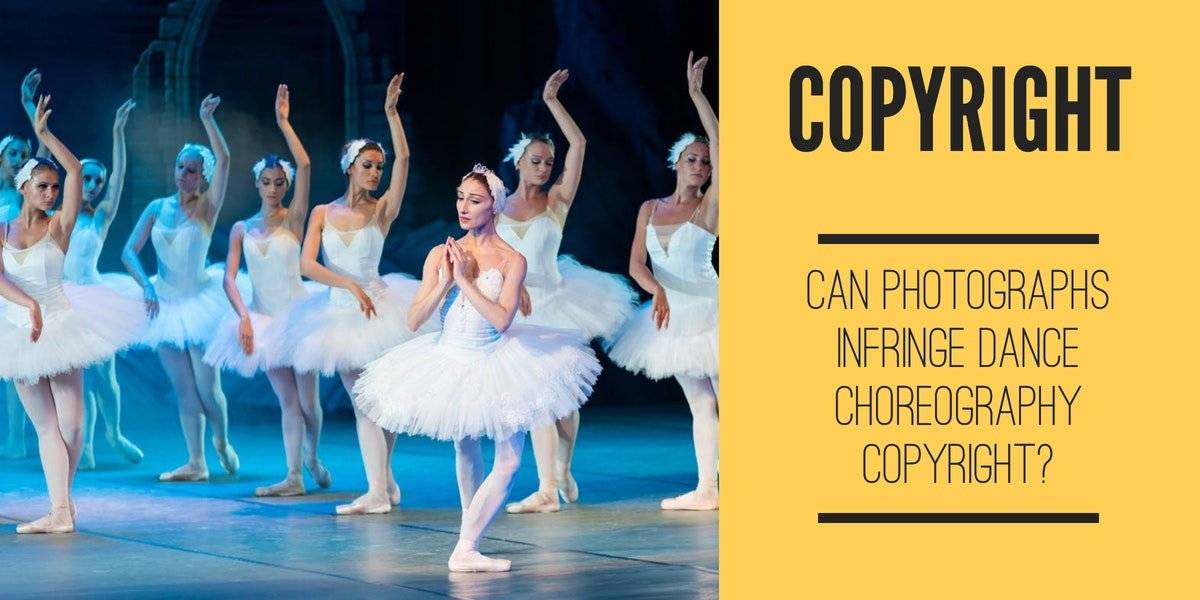Can you take photographs of a dance performance and publish them in an article or a book? This question came up before a US Court in the 1980s, a few years after choreography was added as a copyrightable work under the US Copyright Law. The case related to a popular choreographic work of George Balanchine, a renowned ballet master. Balanchine choreographed his own version of the ballet The Nutcracker, set to music by Tchaikovsky. The Nutcracker was a very popular ballet, and was performed by the New York City Ballet Company every christmas season. Tickets for all shows were always sold out, and it was both commercially successful and recognised as a classic. In 1981, Balanchine registered a copyright over his choreography of the Nutcracker Ballet.
George Balanchine executed a will leaving all media, performance and other rights in his works in favour of certain legatees including Barbara Horgan, his personal assistant. In 1985, Horgan learned that Macmillan was planning to publish a book about the Nutcracker Ballet, which would include photographs taken during the performance. She sent a notice objecting to the publication, but Macmillan decided to go ahead and publish the book without Horgan’s permission. The book included about sixty photographs of the Nutcracker Ballet performance interspersed with writing about the story and other details.
Horgan filed a copyright infringement suit against Macmillan, praying for a preliminary injunction enjoining the publication of the book. The District Court rejected Horgan’s plea by stating that the still photographs, which capture specific moments do not recreate the dance choreography. On appeal, the Court of Appeals for the Second Circuit (“Second Circuit”) stated that the District Court applied the wrong test, reversed the decision and remanded the case for a decision based on the correct standard of law.
In the Second Circuit’s words, “… the district judge took a far too limited view of the extent to which choreographic material may be conveyed in the medium of still photography. A snapshot of a single moment in a dance sequence may communicate a great deal. It may, for example, capture a gesture, the composition of dancers’ bodies or the placement of dancers on the stage. Such freezing of a choreographic moment is shown in a number of the photographs in the … book, … .
A photograph may also convey to the viewer’s imagination the moments before and after the split second recorded. On page 76-77 of the … book, for example, there is a two-page photograph of the “Sugar Canes,” one of the troupes that perform in The Nutcracker. In this photograph, the Sugar Canes are a foot or more off the ground, holding large hoops above their heads. One member of the ensemble is jumping through a hoop, which is held extended in front of the dancer. The dancer’s legs are thrust forward, parallel to the stage and several feet off the ground. The viewer understands instinctively, based simply on the laws of gravity, that the Sugar Canes jumped up from the floor only a moment earlier, and came down shortly after the photographed moment. An ordinary observer, who had only recently seen a performance of The Nutcracker, could probably perceive even more from this photograph. The single instant thus communicates far more than a single chord of a Beethoven symphony.”
Following the Second Circuit’s decision, the parties settled the case.
Reference
Barbara Horgan, As Executrix of the Estate of Georgebalanchine, Plaintiff- Appellant, v. Macmillan, Inc., Ellen Switzer, Steven Caras, and Costas,defendants-appellees, 789 F.2d 157 (2d Cir. 1986).
INTELLEPEDIA IP SEMINARS
Dancing with Intellectual Property
From dance choreography and settings to dance music and costumes, various aspects of dance can be protected as intellectual property. Protecting dance sequences and moves, videos and music, sets and costumes, personality attributes and names, and social media presence can help dancers commercialise their creative work and prevent its misuse.
Aimed at dancers, this specially designed session helps dancers understand how to protect their creativity and movement art. It provides insights into how their work can be commercialised, and what steps can be taken to prevent infringement of their work online and offline.
Faculty
Dr. Kalyan C. Kankanala
The session will be led by Dr. Kalyan C. Kankanala, a reputed entertainment law attorney in India. He has over the years provided IP consultation and advisory services for several performers, artists, authors and musicians.
Register here – https://www.townscript.com/e/dancing-with-intellectual-property-222404



